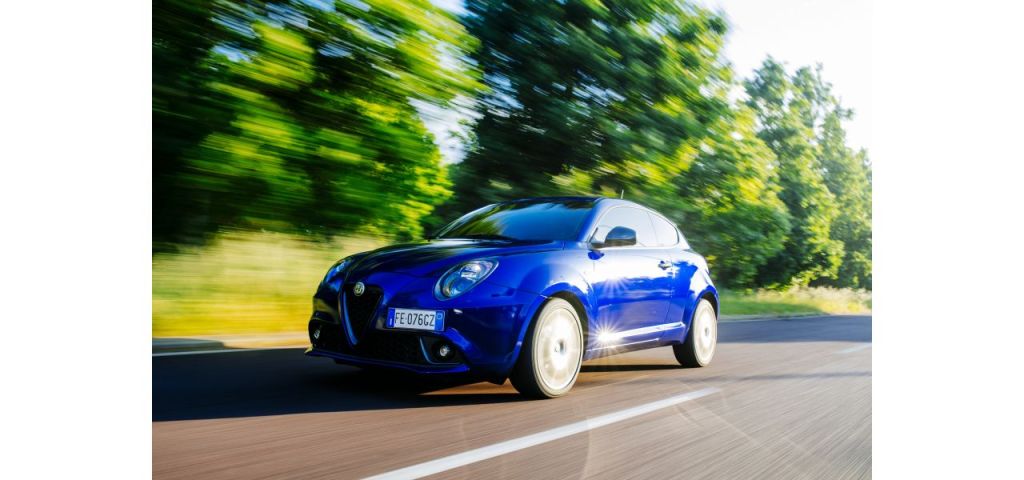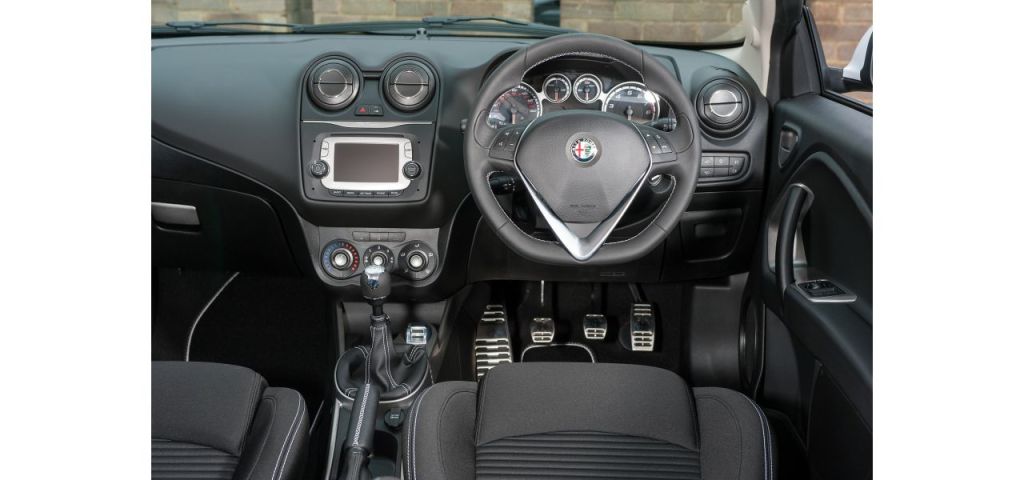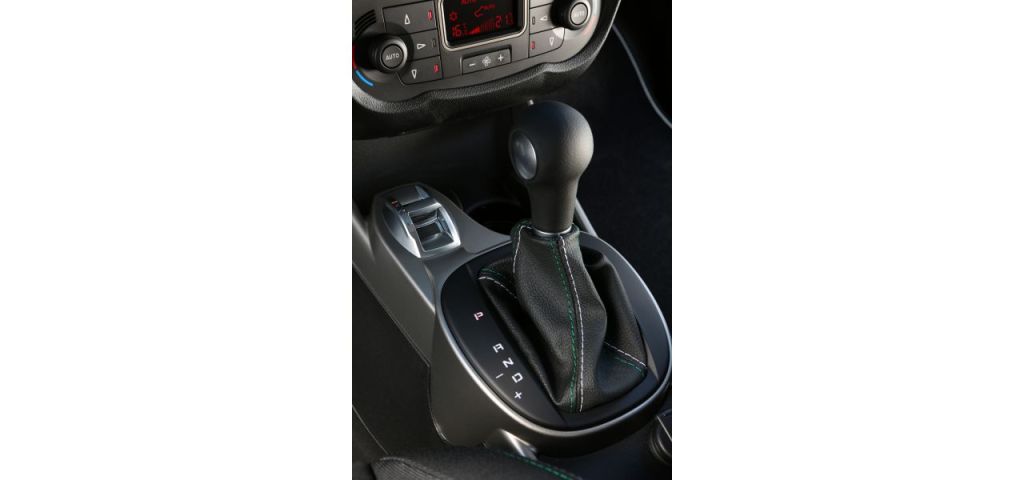It’s been ten years since the Alfa Romeo Mito was launched. The Mito was the second car launched during Alfa’s long and drawn-out rebirth. It took the new aesthetic from the Alfa Romeo 8C sportscar and attempted to entice younger drivers into Alfas with a more upmarket dynamic approach.
Was it successful? Perhaps not, as Alfa is, as always, teetering on the edge of existence, but the Mito was perhaps the boldest entry into the notoriously competitive compact car market in a long time.
Looks

The attempt to compress the 8C’s slender curves is earnest. The circular rear lights are bold and recognizable, but the front is less “mini 8C”, and is unfortunately compressed and ungainly. The sculpted bonnet just doesn’t look right as the Mito is simply too small for such a complex stylistic feature, which is a shame as the rear end is well-proportioned.
Interior

Open the hefty, but attractively frameless doors, and step inside.
The ‘Sprint’ is a basic limited edition model, so cheap plastics and cloth seats prevail, but the interior is airy, which rear passengers will appreciate, particularly due to the small rear windows and limited rear legroom, even in the presence of average-sized front occupants.
When behind the wheel, all the interior controls fall easily to hand, are clearly legible, and are easy to use even on the move. The Mito’s steering wheel is moderately-proportioned, although some more adjustability towards the driver would be appreciated. The ‘holey’ leather hide is notable, and makes the wheel feel more special than rivals at the time such as the Vauxhall Corsa and Ford Fiesta.
The instruments and dials are clear and easy to read, and you can even learn some Italian, although your newfound multilingualism would be limited to the words: ‘benzina’ (petrol), ‘acqua’ (water), and ‘giri’ (revs).
A basic multifunctional display highlights essential information including the ever-engaging ‘average MPG’, which is always fun to try keep as high as possible, often to the point of distraction. However, the external temperature control can be prone to bouts of hyperbole as it once tried to claim, on warm April’s day, that it was -20*C outside.
The nicest detail of the interior is Alfa’s signature D.N.A switch. This contains three selectable driving modes: Dynamic, Normal and All-weather, with each one changing the Mito’s driving characteristics. Dynamic is for sporty driving, Normal is the ‘standard’ mode, and All-weather is for slippery conditions. The switch itself is a kind of buried, semi-circular wheel with some nice, albeit plastic, detailing, and a small coloured LED showing which mode is active.

Driving
This ‘Sprint’ version of the Mito is powered by a 1.4 Litre DOHC inline-four coupled to a 6-speed manual transmission. Unfortunately, this car is Sprint in name only, as the engine is good for an anaemic 95bhp, which is delivered in a flat, boomy monotone, offering few incentives to explore the upper reaches of the rev range. 70mph is achieved at 3000rpm in sixth gear, which makes motorway journeys rather noisy affairs.
The electric steering is useful for city driving and navigating through tight spots, which is useful as the Mito is surprisingly wide.
Even in Dynamic mode, with heavier steering, a more responsive throttle, and the ‘Q2’ differential (which enables harder acceleration whilst cornering without losing traction and skidding wide), the Mito is hardly transformed into a driver’s machine.
Admittedly, the differential does allow for some fairly ridiculous early throttle applications in the middle of corners, which elicits a sort of childish glee. The electronically controlled suspension dampers in Dynamic are surprisingly able at soaking up some big bumps at speed. The Mito also has disc brakes front and rear, which again, is another step up on rivals released at the same time.
Day to Day
The Sprint is not blessed with an ingenious MultiAir engines, and as such the 1.4 guzzles fuel in urban areas, struggling to achieve much more than 35MPG. Heavy throttle usage reduces this number to low double-digits according to the jeering multifunctional display. Things do improve on the motorway, but the Mito is a small car, and as such, has a small fuel tank. Strangely, when full of fuel, the needle remains resolutely posted at the 12’o’clock position for quite some time, but as soon as the needle budges even a degree from top dead centre, the rest of the tank empties as if it has just had a hole drilled into it.
Final Thoughts
Overall, the Mito is an okay car. Its distinctive, and decidedly mature take on the supermini is worthy of recognition, but it is hamstrung by the fact it is still a reengineered Fiat Punto. In retrospect, the Mito alongside the Guilietta, 4C and, to some extent, the 8C has been swallowed up into a forgettable gulf between the older Alfas of the early-2000s, like the Brera, 159 and 147 and the bottled lightning of the later Guilia and Stelvio.
It didn’t change Alfa’s fortunes, or set the world alight, and as a result is verging on the edge of forgettability, but it did things in its own way, and that is worth applauding.